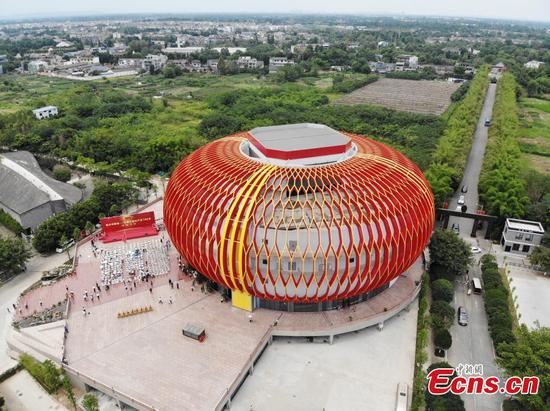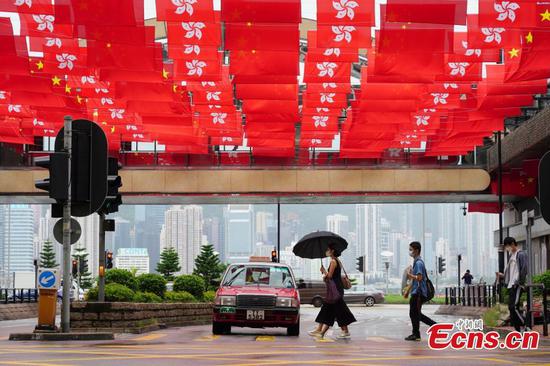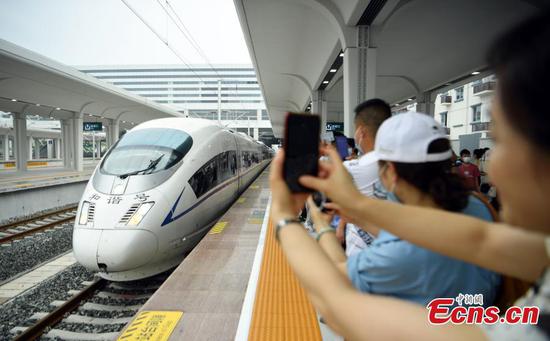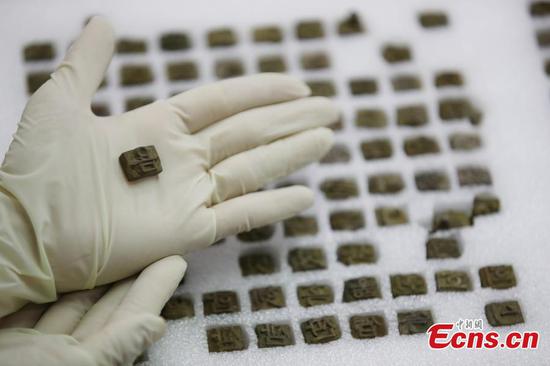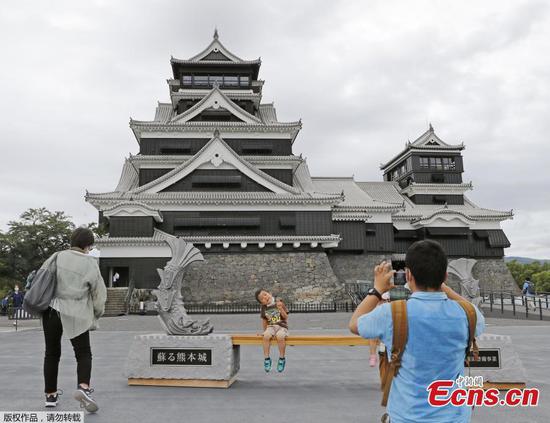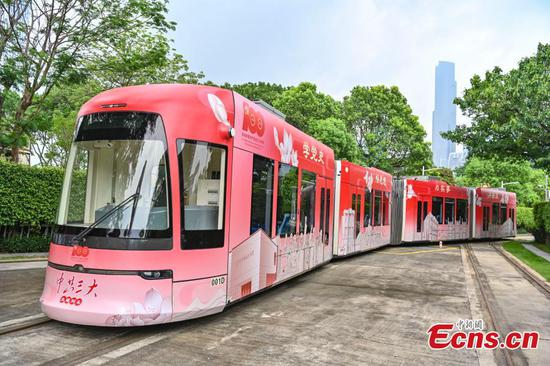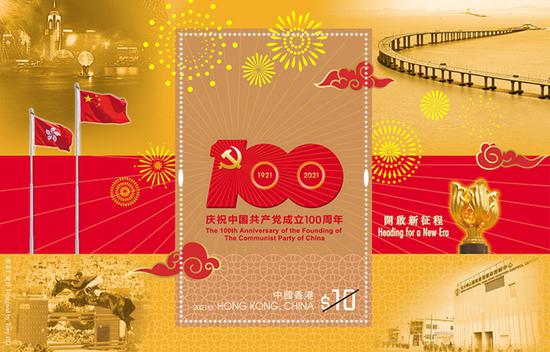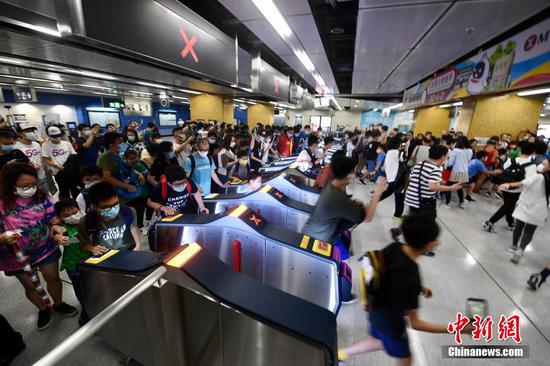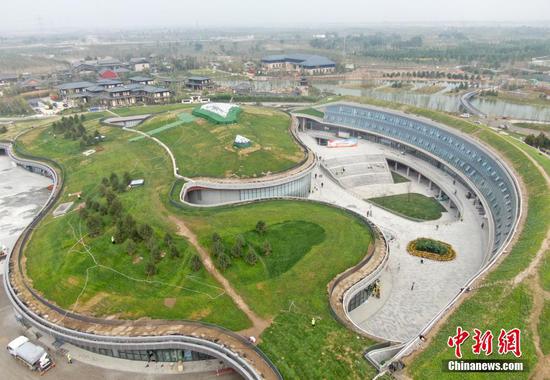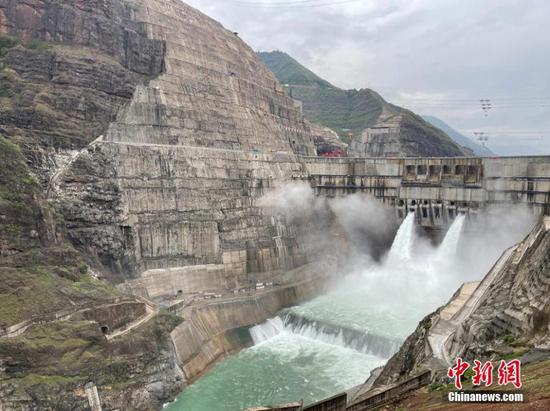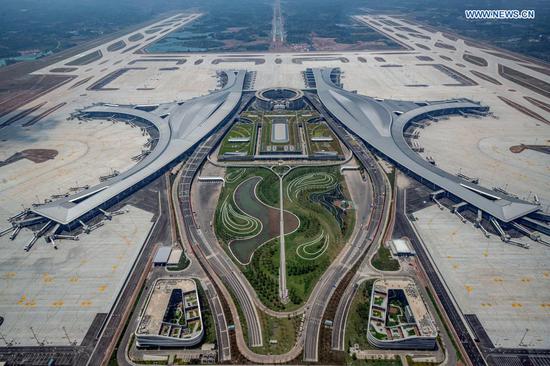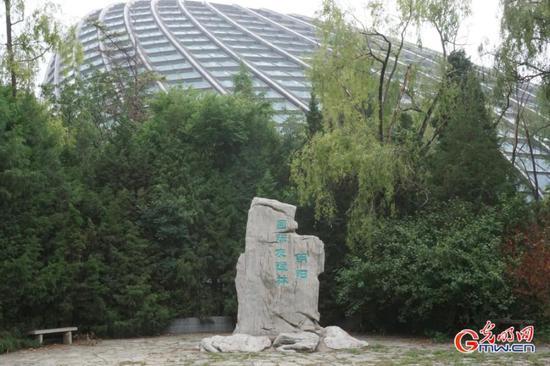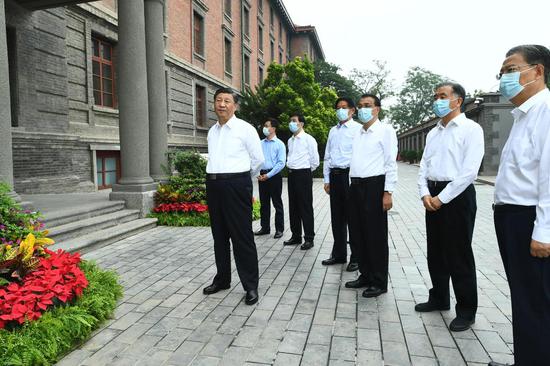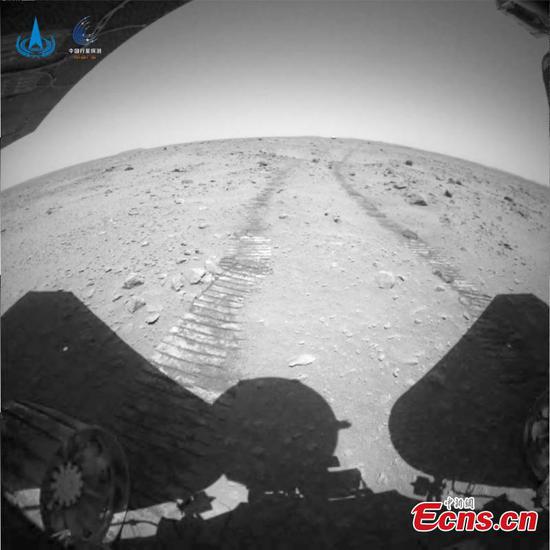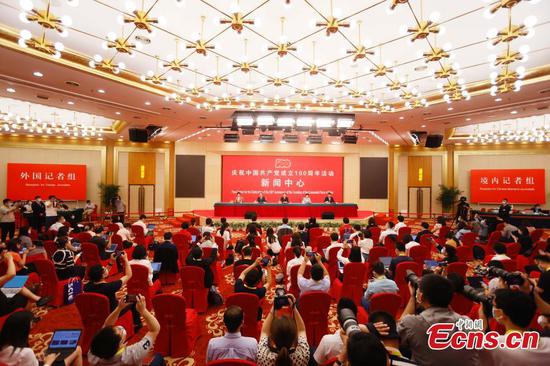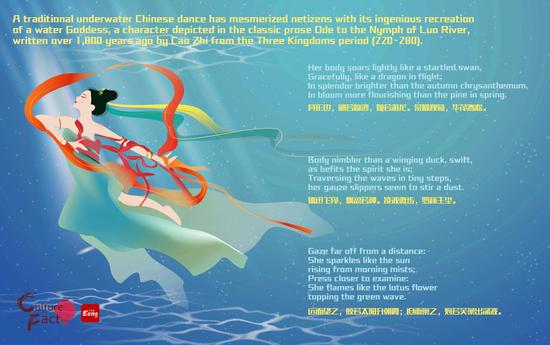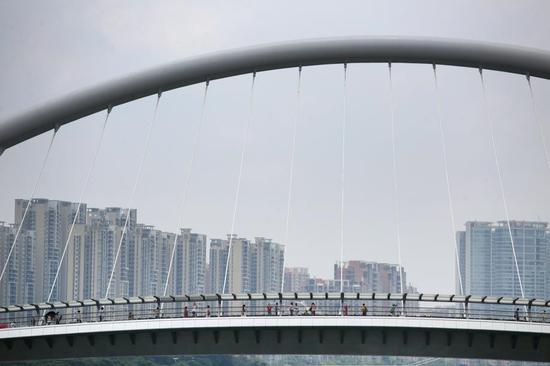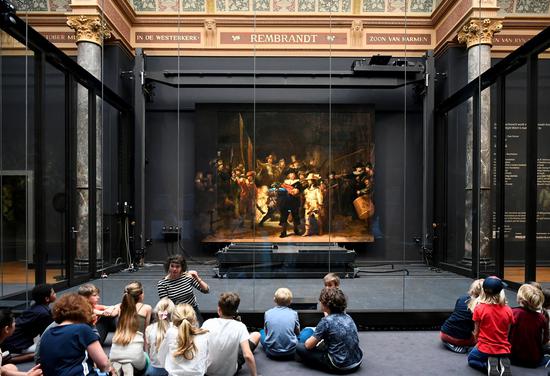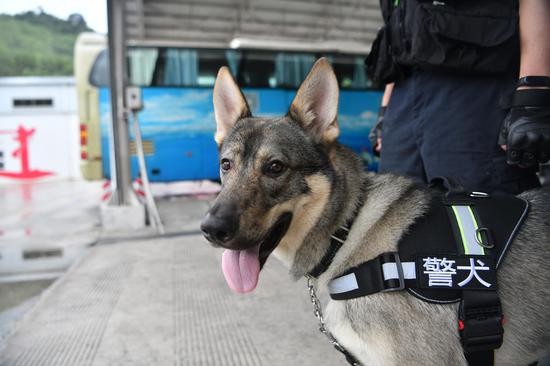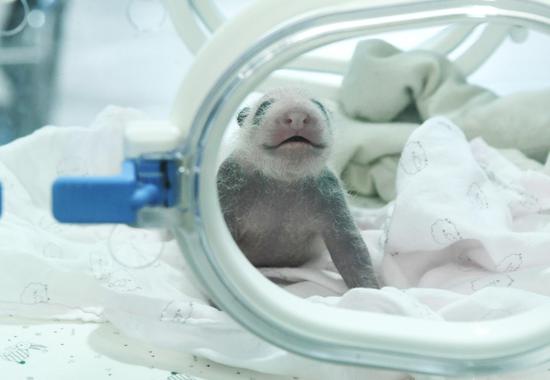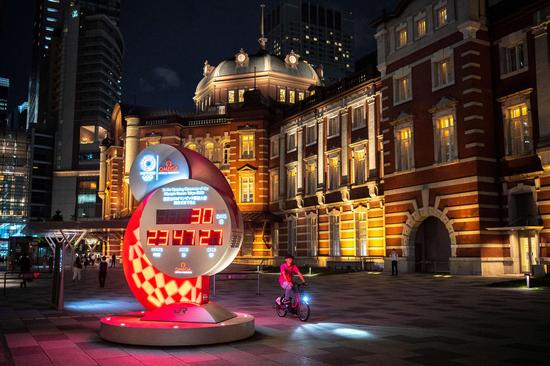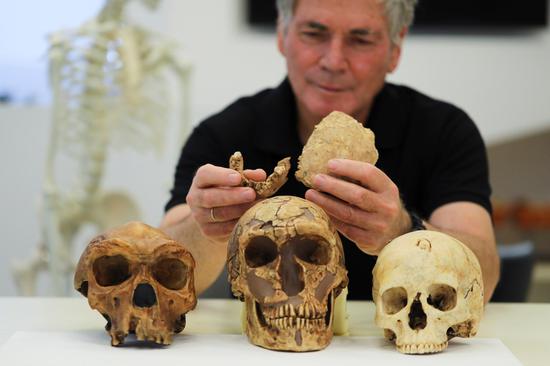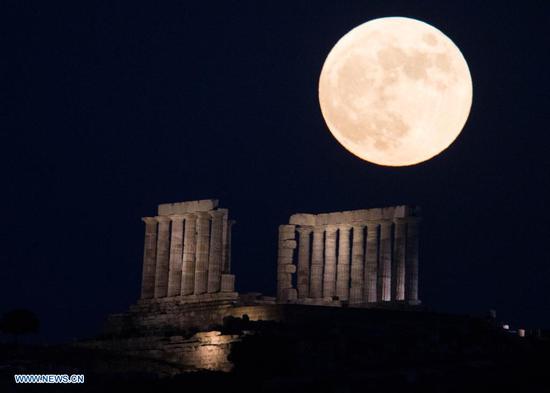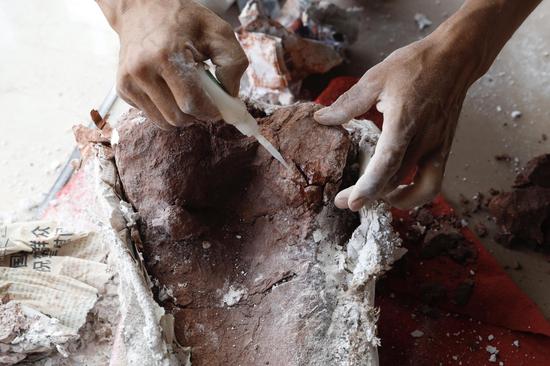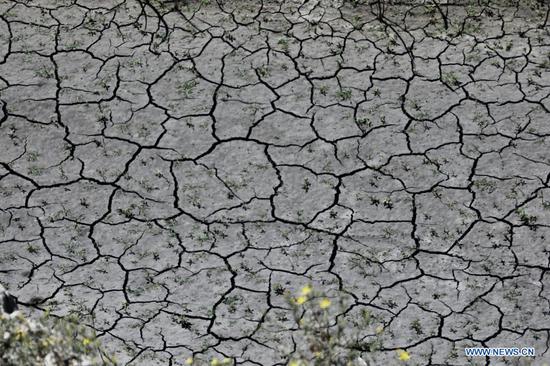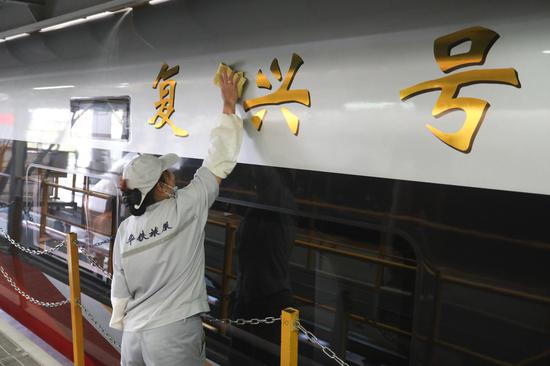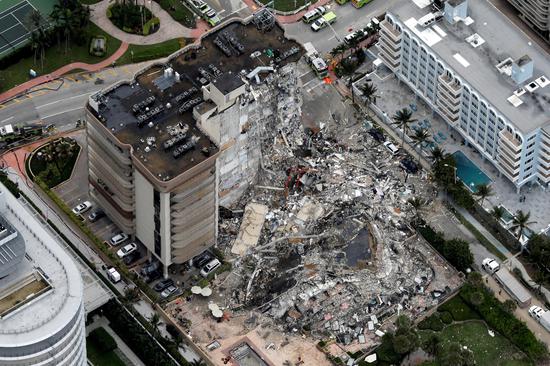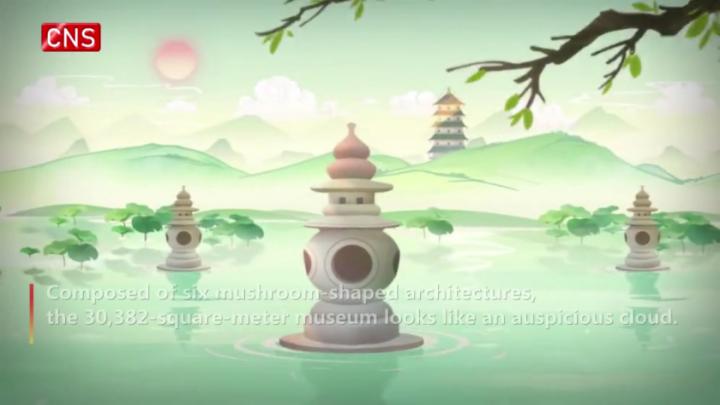
Students from Beijing No 65 Middle School view an exhibition about early Communist revolutionary activities at the "Red Building" in Beijing on Tuesday. (Photo by Zhu Xingxin/China Daily)
Former site of Peking University central to pivotal moments in revolutionary history
After undergoing renovations, a key site of early Communist revolutionary activities in Beijing opened to the public on Tuesday to mark the centenary of the founding of the Communist Party of China, which falls on July 1.
The "Red Building" was the main campus of Peking University from 1918 to 1952 and the four-story red brick structure witnessed a series of pivotal moments around 1920 that marked a surge of the Communist movement in the city.
"The site recorded the glorious history of how Marxist ideas were spread and the Party was incubated, represented by a group of its predecessors," Zhang Aijun, deputy head of the Publicity Department of the Beijing Committee of the CPC, said.
An exhibition of 1,357 cultural relics, 958 photos and graphics, 40 artworks and other items are on display in rooms of the former campus, to illustrate the panorama of revolutionary history in Beijing during the early 20th century.
Zhang noted that Beijing was the hub for the New Culture Movement, which lasted from 1915 to the early 1920s, and was where the May Fourth Movement, a patriotic mass movement of students, originated in 1919.
Both movements prepared the way for the birth of the CPC and Peking University played a key role in the momentous events, as the newly opened exhibition shows.
For example, copies of all issues of La Jeunesse, an influential magazine operated by scholars at Peking University, showed how scholars enlightened the public through advanced ideas of the New Culture Movement.
Letters and other manuscripts of scholars and Communists also show how their understanding of revolution developed. Various versions of The Communist Manifesto translated into Chinese are included in the exhibition.
Peking University was also the first Chinese college to introduce Marxism to its students thanks to Li Dazhao, a professor at the university and a leader of the Communist movement. After the founding of the CPC in July 1921, Beijing continued to be a revolutionary center in North China, where active labor movements were led by the Party.
Comprehensive exhibits
According to Huang Chunfeng, deputy director of the administration of the "Red Building", highlights of the exhibition include six rooms renovated to appear as they did in the 1920s. Communist leaders including Li, Chen Duxiu and Mao Zedong worked and taught in the rooms. Chen was dean of humanities and Mao worked in the university library.
"Visitors can thus feel more connected with history in the environment," Huang said.
Up to 1,000 visits by appointment-500 in the morning and 500 in the afternoon-are arranged every day, Huang said. The site mainly receives group visits, but it will soon open for individual visitors who can make an online reservation for free.
Due to its status, the "Red Building" was listed as one of China's national-level key cultural heritage sites in 1961, one of the earliest entries on the list.
It was once used as a government office building and then as a memorial hall for the New Culture Movement in recent decades. The newly completed renovations started in March 2020.
"A leading principle in the renovation work was to keep its original look," said Peng Yuehui, a deputy director of the department in charge of revolutionary-themed relics under the National Cultural Heritage Administration. "Protection is the priority, and real-time monitoring of the relics is in place."
According to Peng, a large number of historical files, design blueprints and old photos were collected during the renovation. Scholars also launched detailed research of architecture in communities neighboring the building to aid the renovations.
As the "Red Building" was renovated from 1961-62, conservators who worked back then were also interviewed to obtain more historical information.
"There must be solid reference points, ranging from restoring the surrounding environment to filling a crack in the wall," Peng said.
Other historical buildings in Beijing with an important place in the CPC's early revolutionary activities are also being opened to mark the Party's centenary. According to Zhang from the Publicity Department of the Beijing Committee of the CPC, 31 such sites across five districts of Beijing have been earmarked for the program.
Nine of them-including the former office of Jingbao, a pioneering newspaper, the office of La Jeunesse and Li Dazhao's former residence-have been opened as satellite exhibition halls of the "Red Building" to highlight the era's history.










